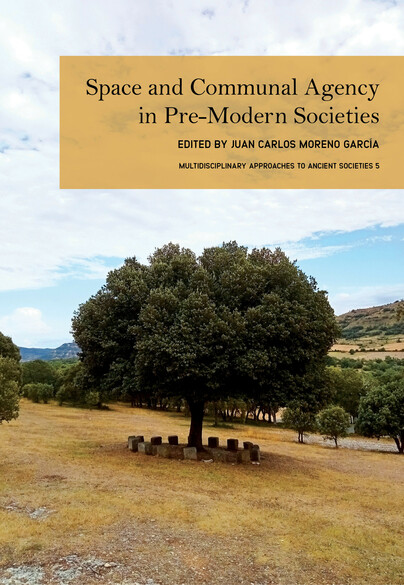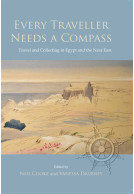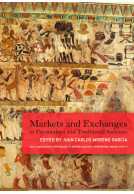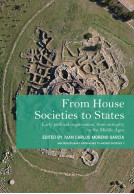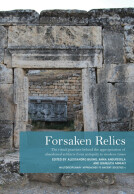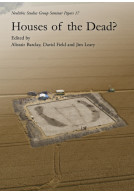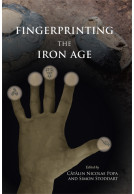Space and Communal Agency in Pre-Modern Societies (Hardback)
Imprint: Oxbow Books
Series: Multidisciplinary Approaches to Ancient Societies (MAtAS)
Pages: 352
Illustrations: 70 b/w illustrations
ISBN: 9798888571934
Published: 15th April 2025
Script Academic & Professional
Series: Multidisciplinary Approaches to Ancient Societies (MAtAS)
Pages: 352
Illustrations: 70 b/w illustrations
ISBN: 9798888571934
Published: 15th April 2025
Script Academic & Professional
Usually available in 6-8 weeks.
You'll be £48.00 closer to your next £10.00 credit when you purchase Space and Communal Agency in Pre-Modern Societies. What's this?
+£4.99 UK Delivery or free UK delivery if order is over £40
(click here for international delivery rates)
Order within the next 5 hours, 29 minutes to get your order processed the next working day!
Need a currency converter? Check XE.com for live rates
(click here for international delivery rates)
Order within the next 5 hours, 29 minutes to get your order processed the next working day!
Need a currency converter? Check XE.com for live rates
Monumental spaces were fundamental in the construction of power, political order and community identities in the ancient and pre-modern world. It was for this reason that authorities invested heavily in the construction of ideal landscapes of power that embodied the basic representation about what a harmonious society and an ordered world under the inspired guidance of the ruler(s) was. Such landscapes conveyed thus powerful cultural values and ideals about the social order that had produced them, not to speak about the authorities’ ability –who designed and built them – to lead their societies. However, far from being fixed over time, those spaces underwent changes to accommodate new values, to express a new balance of power resulting in transformations, rebuilding, integration of selected aspects of the past or, simply, utter destruction of landscapes no longer functional.
In some societies, ceremonies were open, addressed to the whole society―at least as witnesses―in which their rulers performed the construction of social order and received divine support. The Maya cities, for example, with their loose urban density and open spaces dominated by autonomous neighbourhoods, epitomize the ideological need to gather society as spectators. Plazas became thus essential to negotiate consent and social consensus. In other cases the absence of open spaces – including cult ones – in which the community may gather and participate in collective performances points to oligarchical and somewhat secluded configurations of power, as in pharaonic Egypt, while, in the Classical world, agoras, forums and open spaces were intended to facilitate collective political deliberation.
Urban layouts may bear traces of rival uses of space, for instance between “official” ceremonial areas, reserved to pageantry displays, and areas that were more organic, difficult to control but which favoured the concentration of crafts and guilds, alternative circulation of news and construction of counterpowers, like bazaars. The archaeological focus put on ceremonial spaces and prestige buildings may thus conceal the political importance of those other spaces and the counter-power issued there, with the lack specifically-designed buildings significant in itself.
The aim of this book is to explore the relation between built environments, collective identities and political agency and the potential conflicts arising from competing or alternative social uses of the space, be it public, ritual, civic or a mix of all of them. A selection of historical case-studies from different regions of the world may help rethink current concepts and views about the traces that communal political agency left in the organization of settlements and in planning monumental areas. Such cases may also cast some light over the limits of rulers’ authority and the existence of collective institutions―formal or informal―rarely evoked in official sources. In the end, this book explores the importance of comparative research to address collective decision-making and communal identities in the pre-modern world.
Customers who bought this title also bought...
Other titles in the series...
Other titles in Oxbow Books...







